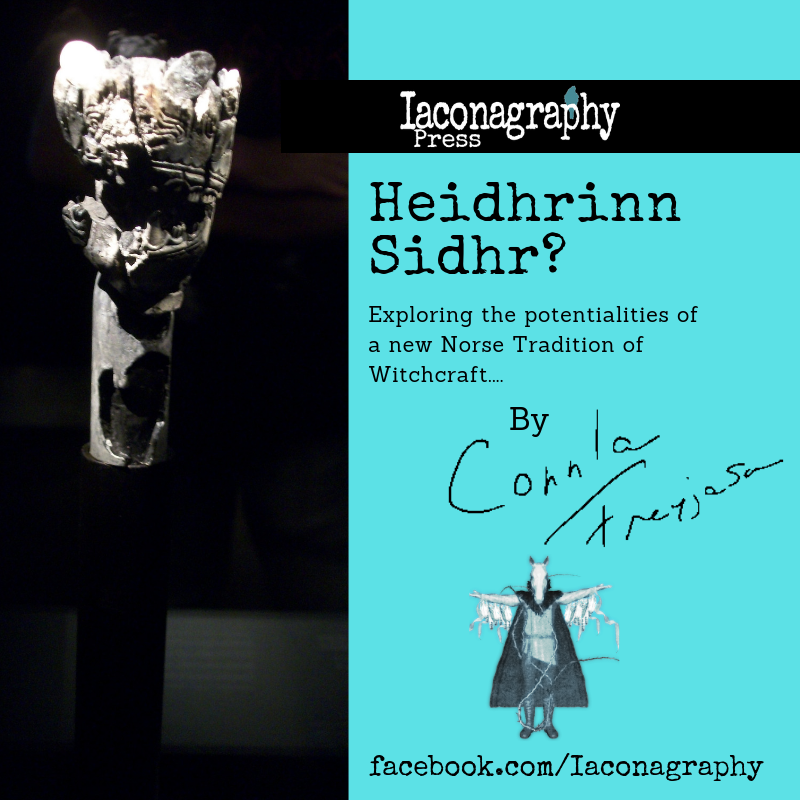Warp and Weft

This is the seventeenth in a series of guest blog posts by up-and-coming author, Suzanne Hersey. Her first book, Faith Food Family, is available now from Iaconagraphy Press!
Little known fact, if you are not related to me or did not ever hear my mother complain about my “wasted college education”: I majored in Textile Technology: Structural Sciences, with an additional focus on Plant Engineering and Management. I used to be a plant manager at a family-owned textile mill in South Carolina. We made window coverings, back in the days of woven blinds. We also did some military contracting, with my research into Kevlar and its uses for fire protection and protective wear for soldiers in the Middle East. Note: Kevlar, when not coated with a polymer, will degrade fairly quickly in the sun and prove useless against bullets or shrapnel. It was one of the things that made me want to join the Air Force, so that I could go work at Natick Labs and save the lives of soldiers. Alas, I got pregnant and military service, along with long hours at the lab, playing with toxic chemicals, were no longer what I wanted; I wanted to be a mom, something I had sworn I would never be. How the pattern can change in our life’s fabric is amazing!
Another part of my job was designing and laying out patterns for the window coverings division of our company. A white warp always, then what will you add for yarn, how will the shuttle fly, what will it carry and how will the strands of the warp dance up and down to create a pattern that was both beautiful and capable of standing up to the finishing and cutting process without fraying or twisting.
What in the heck are you going on about here, Suzanne? I am going on about how a tiny moment can change our path forever; how mistakes mean broken threads, unstable patterns; how a skein of yarn runs out, a knot is tied and even though you think that knot makes the fabric weaker, it does not, it makes it stronger and it makes it unique. Broken moments are necessary, the thread cannot be infinite, and that is not how yarn making works. That is how the weaving of Wyrd works!
Have you ever seen the film Wanted? Well you should; it is amazing. The “real” story in this film is not the assassins, killing one person to alter the course of the future; “kill one; save thousands”. No, it is about where they get this information, this magickal loom that weaves codes, codes that were meant to tell a story of the events set in stone and those that can be changed. As I write this I think about that loom, about how we each have our own fabric weaving away with each moment of our lives and what the warp and weft mean to us and to our legacy. I am under no illusion that I have a legacy as a famous author, but I do have one as a mother, a friend, and a writer who maybe helped a few people, a kitchen witch, a Volva, and a Trollrider. There are a lot of colors and threads in my weave.
The Warp is the bone structure of any woven goods; it is a row of single yarns, wrapped on a long horizontal spool. The threads do not change: they move up and down, based on a computer program, to allow the weft yarn to cross, creating a pattern. In historical looms, the warp is sitting still and the weaver may hand-thread the weft yarn over and under, over and under, turning at the end and bringing the thread back. The possibilities are endless. We are all endlessly possible. The Warp needs to be made of strong yarn or thread. Too weak, and it will break. Those threads are our Orlog, our deeds over time, things we cannot change: our history, our ancestors, our past lives. Ever set, ever moving to accommodate the shuttle of our day to day deeds, mistakes, losses, deaths.
The Weft is the pretty yarn, colorful; the maker of the final pattern. In a modern loom you really do not want to get your hand in the way of the shuttle that carries the weft: it will rip your hand open, if not off. The shuttle is sometimes in a hurry in this modern world, our lives often a rush of work, home, family friends, kids and their activities, our practice, our downfalls and, now and then, the loss of a loved one to a break-up, to death, to change. When the weft breaks, a skilled weaver will clip the weak thread back to a stable place and tie a small knot so that the loom may weave on. This is what we do when tragedy strikes: we take a moment to strengthen; we tie a knot and we keep on with our fabric; the pattern may change a bit–the flaw will always be there–but that knot makes it stronger, not weaker. We could completely change our weft yarn; maybe it was the yarn of faith: we were born and raised in a Catholic family and that thread either wove a beautiful base for us or it wove something ugly, rough and damaging. We see a pretty yarn, set to the side, a path of the Norse Gods, the colors of the Northern lights or a path of the Fae, the color without color, the prism, or Hekate, with the colors bright and bold and the warmth of a mother at the crossroads with an embrace. We can stop the loom for a brief moment and clip that yarn, tying on a new yarn and moving ahead with the pattern. Our previous work will always be there, what is woven into the Warp of Orlog is forever, what we set in that shuttle as it flies is our Wyrd, our choices and movements of path that make us uniquely us. I have sat at so many types of looms; it is something I have missed from my career of the past: that feeling of power, the noise of the warp threads clacking up and down, the whoosh of the shuttle cock flying. The textile industry is not what it once was in this country of ours. But I changed my yarn all those years ago, choosing the yarn of motherhood and I would not unravel that, nor take it back, not that one can unweave. We may not be able to unweave, but we can stand back and reflect on that pattern we find disagreeable or the one we miss and we can weave anew.
May your threads be ever bright and your hands stay from the path of the shuttle. May your pattern bring you joy, even when there is loss that means you must tie off a thread. There is no end, our deeds go with us and they are the start of the fabric of our children’s lives, our kin’s lives, our students’ lives. Weave well.



